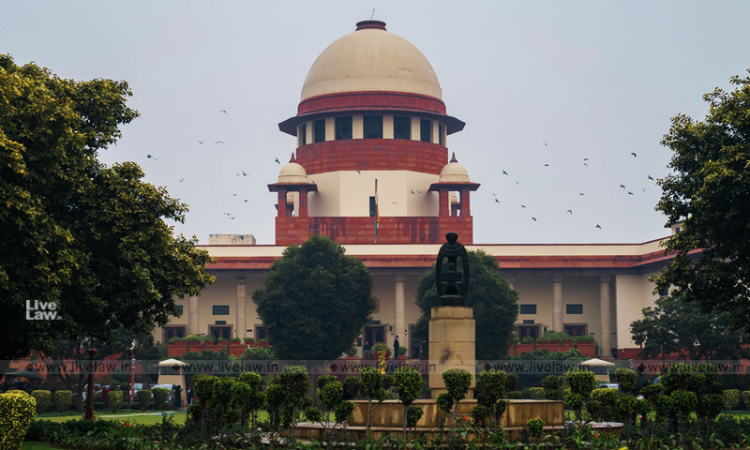The boy, who should now not be named, was aged 18 years minus four days, when he ran down a young man with his speeding Mercedes Benz. The 'accident' which killed the youth occurred in 2016, and reportedly the boy had been fined thrice before this incident for traffic violations while he drove his father's car. The Juvenile Justice (Care and Protection of Children) Act, 2015 categorizes...

